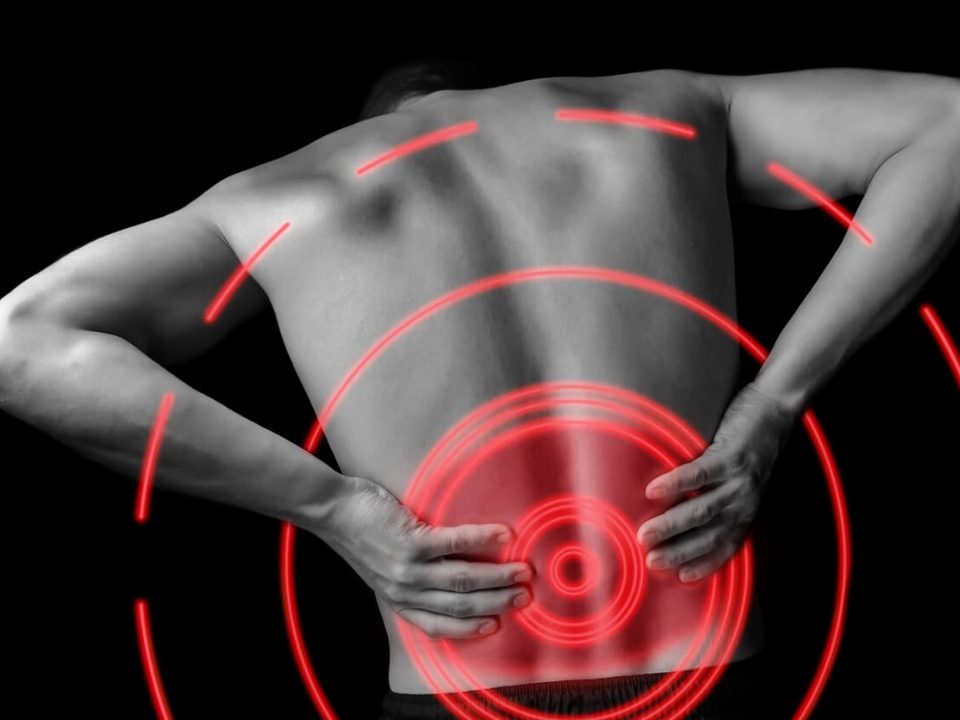Lumbar herniated disc pain
Symptoms of a lumbar herniated disc vary widely—from moderate pain in the back and buttock to widespread numbness and weakness requiring immediate medical care.
In the vast majority of cases, the pain eases within six weeks. But despite its short duration, the pain can be excruciating and make it difficult to participate in everyday activities and responsibilities. For some, the pain can become chronic and/or debilitating.
It is common for a herniated disc to press against, or inflame, a nearby nerve, causing pain to radiate along the length of the nerve. A lumber herniated disc is the most common cause of sciatica, leg pain along the sciatic nerve down the back of the leg.
These are some general characteristics of lumbar herniated disc pain:
- Leg pain. The leg pain is typically worse than low back pain. If the pain radiates along the path of the large sciatic nerve in the back of the leg, it is referred to as sciatica or a radiculopathy.
- Nerve pain. The most noticeable symptoms are usually described as nerve pain in the leg, with the pain being described as searing, sharp, electric, radiating, or piercing.
- Variable location of symptoms. Depending on variables such as where the disc herniates and the degree of herniation, symptoms may be experienced in the low back, buttock, front or back of the thigh, the calf, foot and/or toes, and typically affects just one side of the body.
- Neurological symptoms. Numbness, a pins-and-needles feeling, weakness, and/or tingling may be experienced in the leg, foot, and/or toes.
- Foot drop. Neurological symptoms caused by the herniation may include difficulty lifting the foot when walking or standing on the ball of the foot, a condition known as foot drop.
- Lower back pain. Lower back pain may be present, but not always. The low back pain may be described as dull or throbbing, and may be accompanied by stiffness. If the herniated disc causes lower back muscle spasm, the pain may be alleviated somewhat by a day or two of relative rest, applying ice or heat, sitting in a supported recliner or lying flat on the back with a pillow under the knees.
- Pain that worsens with movement. Pain may follow prolonged standing or sitting, or after walking even a short distance. A laugh, sneeze, or other sudden action may also intensify the pain.
Rare but Dangerous Symptoms of Lumbar Herniated Disc
A loss of bladder or bowel control, lower back pain, numbness in the saddle area, and/or weakness in both legs are signs of a rare but serious condition called cauda equina syndrome.
Location of Nerve Impingement Is Key:
- L3 or L4 impingement from a herniated disc may lead to an abnormal reflex when the area just below the knee is tapped with the rubberized reflex hammer
- L5 nerve impingement (at the L4-L5 level) from a herniated disc can cause symptoms such as weakness in extending the big toe and potentially in the ankle,
- S1 nerve impingement (at the L5-S1 level) from a herniated disc may cause loss of the ankle reflex and/or weakness that makes it difficult for patients to stand on their toes or on the ball of the foot.


